December 23 Take the turkey out of the freezer to thaw; put in the sink to avoid turkey-ish meltwater dribbling all over your counter. December 24
2.Brine the turkey. Remove the giblets from the turkey and refrigerate. If you bought a fresh, locally-grown turkey do not waste your investment by brining. You won’t need to, and can enjoy the taste of the bird on its own. If you bought a supermarket bird may I strongly suggest you brine it. A moist, unbrined supermarket turkey is possible, but it is somewhat of a unicorn. If you are unconfident in your magic use the brine and it will do the magic for you. Instructions for brining a turkey are here: https://www.thespruceeats.com/how-to-brine-a-turkey-336400.
Wait. Enjoy the aromas. Open presents, drink some holiday cheer.
When the gravy is just the right thickness and with a flavour profile that sings on your tongue, you are ready. Remove the stuffing from the cavities, and serve. Carve the bird as best you can. There’s an art to this that cannot be taught. Just ensure your knives are razor sharp, and your bird is held steady; use confident but not barbarous strokes.
2 Comments
When a young man, I took my first steps into that wild vastness to research red squirrels. I lost myself in those landscapes of drunken tilted black spruce, jack pines twisting aimlessly into grey heavens, and undulating bogs with fascinating carnivorous plants and bottoms so deep they threatened to swallow me whole. Some of my best hours were lived seated in the reindeer lichen with my back against the trunk of a white spruce tree, watching those animals eat, and nest, and play, and fight, and live. I became part of that landscape, a part of something ancient, and untameable, and Real. I recently returned to that beloved landscape. Our team launched a new research project: Wildlife CAMERA. We are deploying large remote-camera arrays across the Alberta boreal forest and Rocky Mountains to understand the effects of landscape and climate change. Camera trapping has revolutionized wildlife research. We can gain insights into animal behaviour, abundance, and interactions in ways never before possible. Deploying cameras into some of the most remote landscapes south of the Arctic isn't easy - but it is fun. The helicopter is a wild ride, of which I shall never tire. But once the helicopter lifts away, I am left in that perfectly still, perfectly random crash of bogs and spruces and limitless cold skies. And I become that young boy again, standing in the undefinable wildness of a Tom Thomson painting. |
Authornoun: one who writes. Archives
December 2020
Categories |
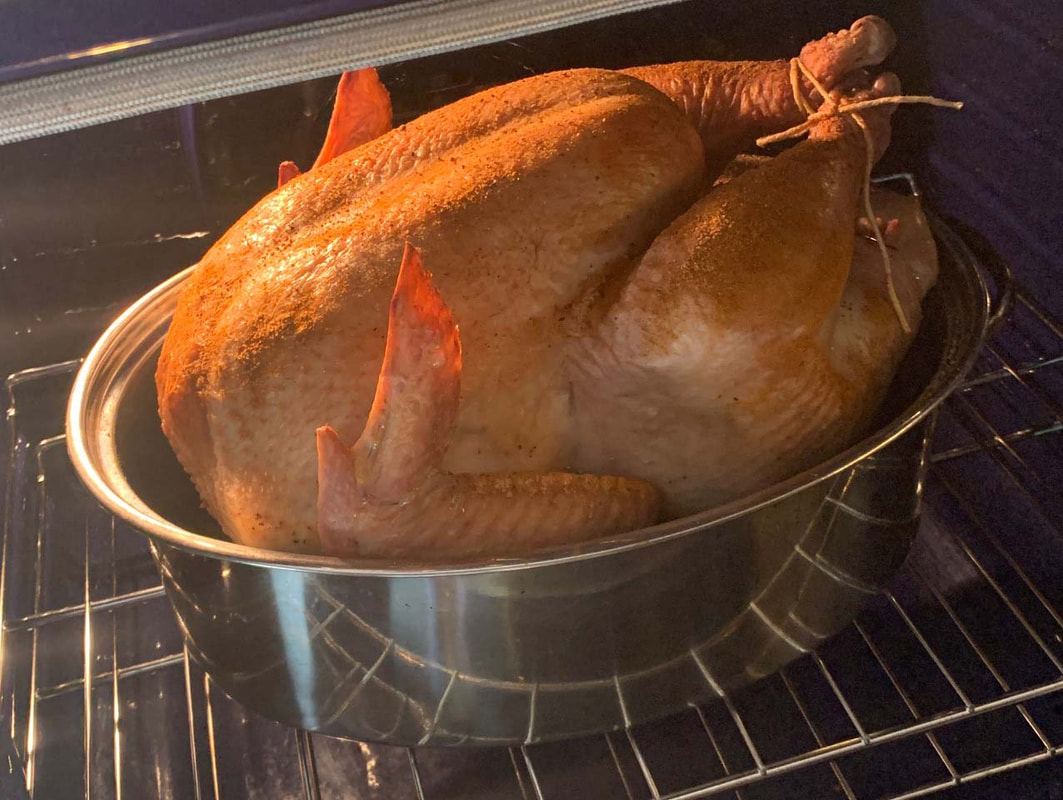
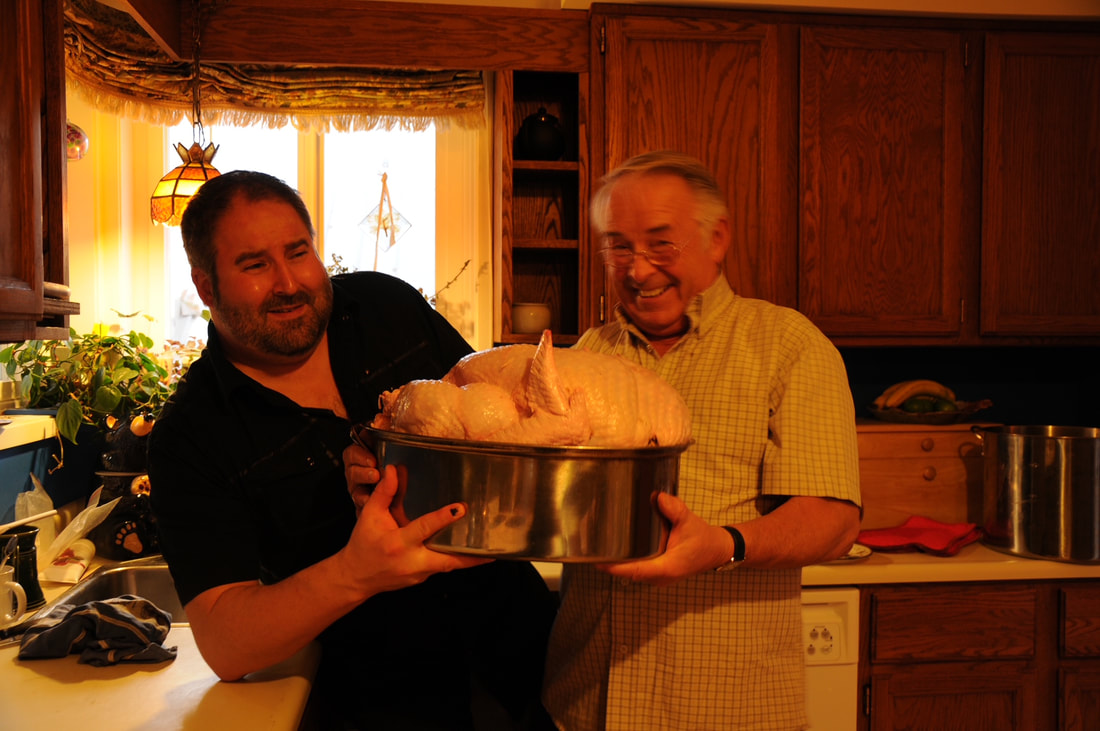
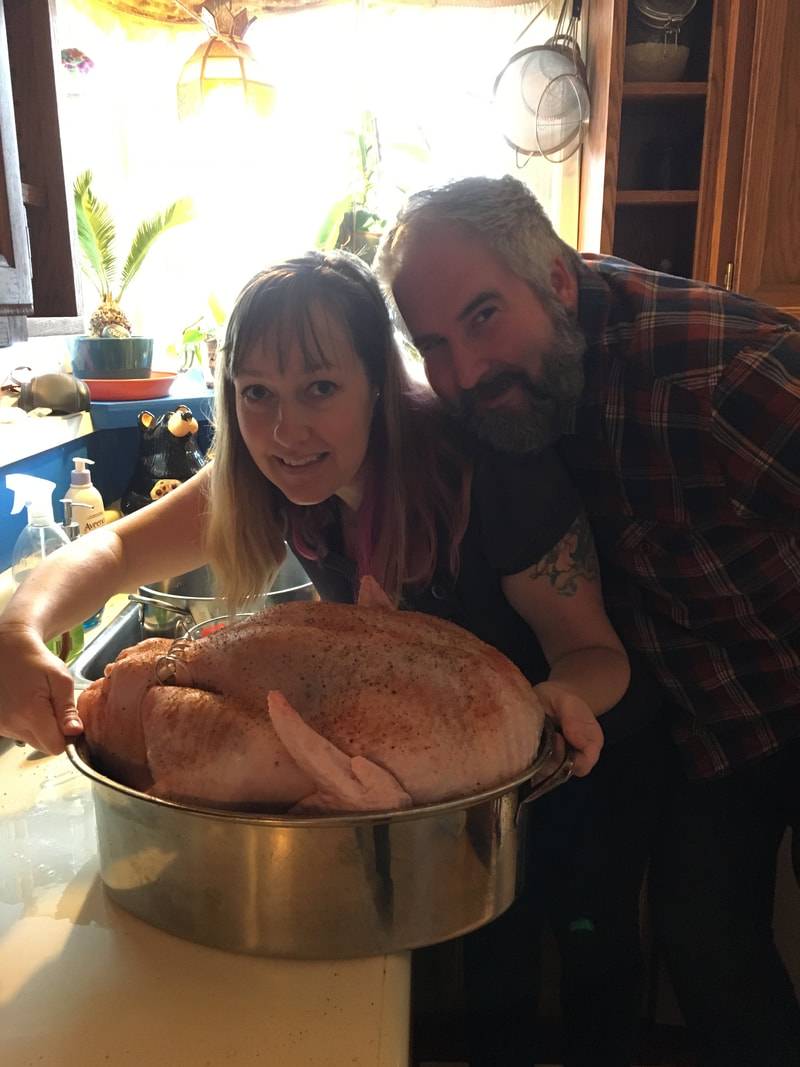

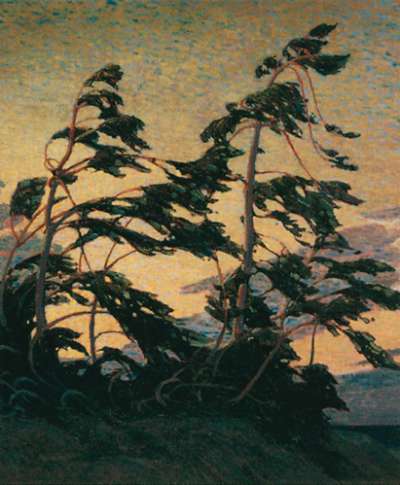
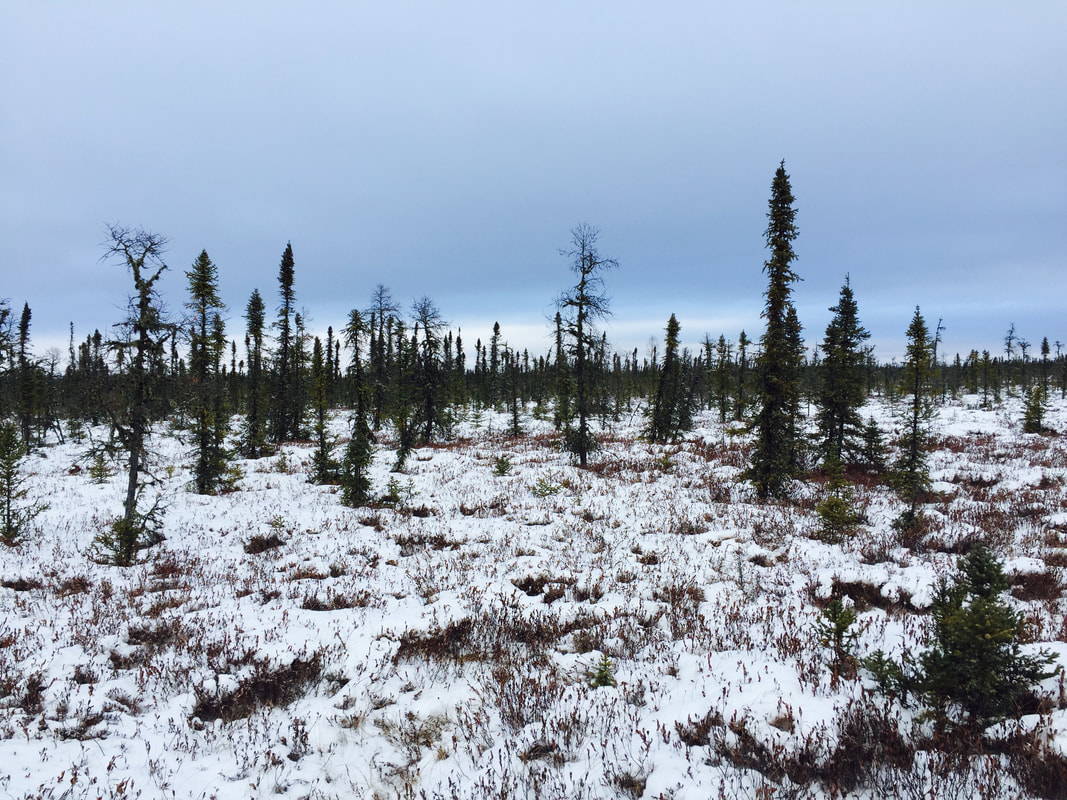
 RSS Feed
RSS Feed